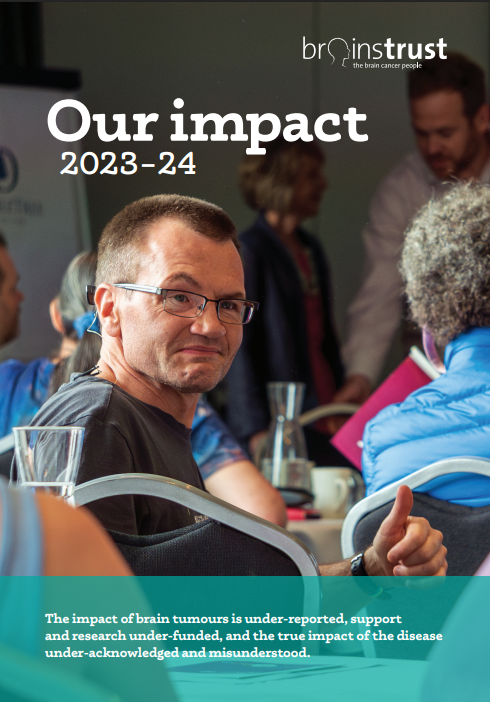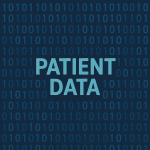‘I needed a challenge, I needed something to keep my mind occupied. I also wanted to do something to say thank you to brainstrust for the support, encouragement and information I have received since diagnosis in October 2016 and in particular the support offered on the online group. I need to keep it up for the 30 days of November. I will not let this latest blow stop me living my best life!’
Day 3 of my “run” for brainstrust. My route is just over 2km which is about 1.67 miles. Slowly building up the running part.
I live in Milton Keynes not far from the canal.
I chose this route because:
- I know it, having lived here 31 years. Not great in places I don’t know.
- It is flat. I was never very good on hills.
- I bump (not literally) into people I know.
- I just love the beauty that I have here on my doorstep. In a large urban area we are so lucky to have this close by. The Parks Trust do a fabulous job.
Happy Sunday.
M xx
——————-
Day 5 of my Run, Row, Ride challenge for November. I have now completed 9.6km, which I think is about 6 miles. I feel fantastic!!!
Things I have learnt about myself in the past few days:
- It is best to get up early and do my run before I do anything else. I have more energy in the morning and being outside regardless of the weather lifts my spirits and my energy levels.
- I just love the changing seasons. I will post some photos to show how much the autumn colours have developed on a matter of days.
- I am capable of so much more than I thought I was.
- Don’t compare yourself to others. Be pleased with your own progress.
Today I worked on technique. My right side is weaker than my left so this morning I tried to take equal strides with each leg. My right hip said “thank you”!
You will be pleased to hear that I got home before the rain started. That was a real bonus!
Today’s run was for a wonderful friend Sarah. This lady supports and encourages us all every day. We could not be without her.
Love and hugs to anyone who needs one today.
Love M xx
———————–
Day 6
I’ve looked outside and it’s a beautiful morning. How can I not be inspired to get up and get out?
I will do in a minute!!
My stomach is churning.
Today my latest scans will be reviewed by the MDT team at The John Radcliffe in Oxford.
Today I will not be Margaret, Maggie, Marge or Mx , depending on where you know me from. I will be an anonymous grey picture on a screen and a group of specialists will decide what my treatment plan will be.
I do not like being an anonymous grey picture on a screen. I like being a lively, friendly, open person living my best life.
Best get up and out then !!!
Today’s run is for everyone who is being discussed in MDT meetings up and down the country.
Here’s to positive day!
Love to you all
M x
—————-










